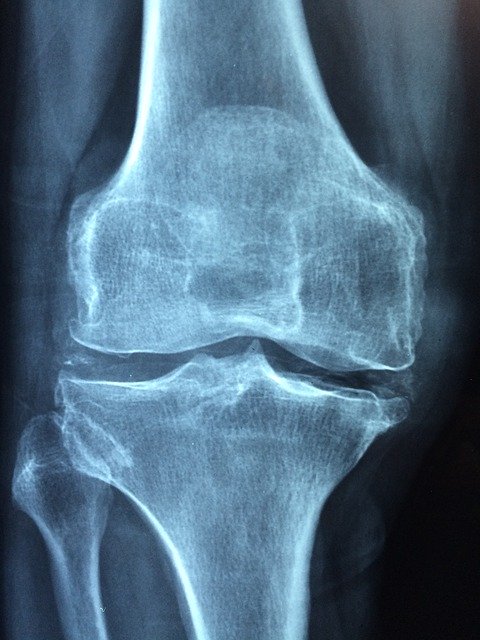
09 Dec Look After Your Joint Health, so Your Joints Can Look After You!
In the United States, over 54 million people struggle with joint health and mobility, with more than one in four reporting severe joint issues as stated by the Centers for Disease Control and Prevention (CDC). Joint problems can be so debilitating that they interfere with everyday function. How can you protect your joints on a daily basis, so that they can serve you as they were made to do, thus enabling you to enjoy an optimal quality of life?
Supplements for Better Joint Health
Modern-day Americans lead a busy lifestyle, with the majority failing to meet the dietary guidelines recommended by the federal government. Consuming a healthy, Mediterranean-diet style diet (characterized by an abundance of fruits and vegetables, pulses, lean proteins, and healthy fats) is important. However, if you find that you are missing out on crucial nutrients, or even just want to give yourself an extra boost, then supplementation can give you a helping hand.
One such supplement is Hemp Magic Plus, which combines ParActin with organically grown hemp extract. These two ingredients work synergistically to help provide relief for your joints, and improve overall mobility and bodily discomfort.
Exercise and Joint Health
If you love running but are worried about the effect it can have on your joints, check out a 2016 study by researchers at Brigham Young University. The latter found that running actually reduces levels of pro-inflammatory molecules in the knee joint, which, scientists admit, “flies in the face of intuition.” In fact, distance runners don’t have a higher risk of developing osteoarthritis than any other individual. A previous study published in the Journal of Anatomy (JoA) had come to the same conclusion: there is no evidence, said researchers, to deem exercise harmful to joint health. For most people, they added, vigorous exercise is beneficial both physically and mentally.
Can Too Much Sport Damage Joints?
In the JoA study, researchers reported that elite athletes do have a higher likelihood of obtaining sports injuries and of developing osteoarthritis in damaged joints. For them, correct first aid for soft tissue injuries is key so that damage is not worsened. The RICER method (Rest, Ice, Compression, Elevation, and Referral) can help reduce inflammation and boost the chance of a complete recovery. Athletes should be wary of the signs that they are overusing their joints. Signs to watch out for include weakness, reduced range of motion, and tenderness. Anyone who has played sports and has swelling or pain that lasts longer than 48 hours should see their doctor or physiotherapist for due testing and an effective treatment plan.
Innovative Therapies for Joint Issues
The American Academy of Orthopedic Surgeons published a review showing that different therapeutic modalities (physical therapy) can be helpful when it comes to boosting bone and joint function. Some of the therapies they mention include cryotherapy (the use of low temperatures) to battle inflammation, and heat therapy (which is useful during stretching and joint mobilization). Cupping therapy, involving the application of suction cups to the affected area to promote healing, lacks scientific backing for its efficiency, yet it has been supported by the observation of doctors. The surgeons also mentioned electrical stimulation for short-term pain reduction. This technique should not be used, however, on a long-term basis.
Keeping your joints in good health is important for daily living, but it also enables you to practice your favorite sports. Ensure you consume a healthy diet so your body has all the nutrients it needs, and see your doctor about supplementation if your diet is lacking or joints are weakening. Finally, be aware of signs of joint injuries and overuse, and if necessary, discuss a treatment plan that can potentially include alternative therapies such as cryotherapy and heat therapy.
